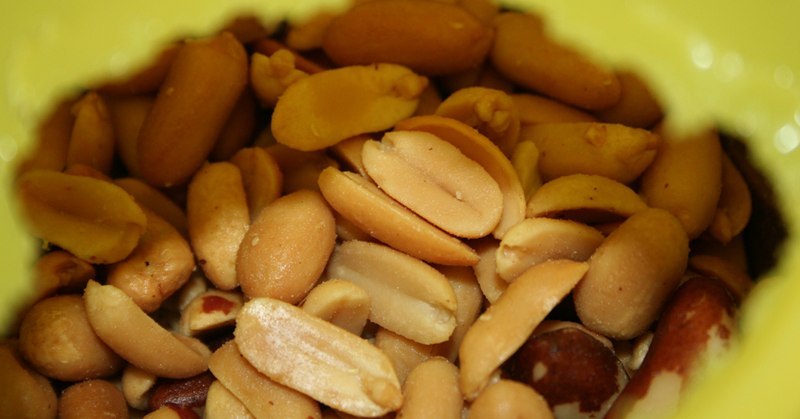The number of children in Tayside with genuine food allergies has risen steadily over the last eight years, according to a Ninewells Hospital specialist.
Consultant pediatrician Dr Mohammed Ibrahim is seeing six new patients every week with complex allergies to more than one food.
That figure does not take into account the number of children who present with suspected allergies or more mild allergies that are also referred to the hospital.
Dr Ibrahim said parents are increasingly using the internet in an attempt to home diagnose their children by matching symptoms to an allergy.
He said, “One of the problems is there are no accurate statistics on the number of children who have allergies.
“There has been a steady increase in the number of cases over the past few years since I began working at the allergy clinic, but if you go back to 1998 there wasn’t an allergy clinic at all.
“What we find is children with allergies to milk and egg are more likely to go on to have allergies to other foods.
“Parents go on the internet to explain their child’s symptoms and by matching their symptoms they come to believe their child has an allergy.”
Dr Ibrahim continued, “The internet is useful because it increases awareness, but too much involvement without the proper background can place an unnecessary burden of the child.”
New figures from the National Institute for Health and Clinical Excellence (NICE) show more than two million children in the UK are wrongly labelled as having a food allergy, which can lead to being placed on unnecessary diets.
Tayside area medical committee chairman Dr Andrew Cowie reckons the region is largely bucking that trend, having heard few reports of complaints from parents or doctors.
“There is a difference between a food allergy and a food intolerance that can often lead to confusion.
“I wouldn’t say misdiagnosis is something that causes many GPs a lot of trouble in Tayside. It is not a problem that often comes up.”
In the past 20 years hospital admissions for food allergies among children have risen by 500%.
Between 6% and 8% of children under three in Europe and North America are now thought to have food allergies and the problem is now recognised as a major paediatric issue in the UK.
The most common foods to cause allergic reactions are cow’s milk, fish, shellfish, eggs, peanuts, sesame, soy, wheat and kiwi fruit.
Photo used under Creative Commons licence courtesy of Flickr user AutisticMajor.
